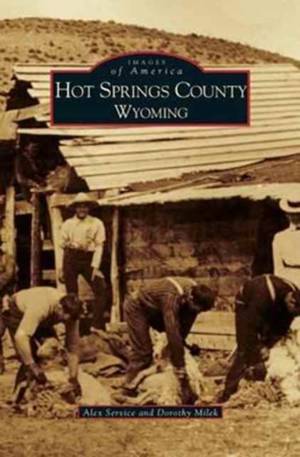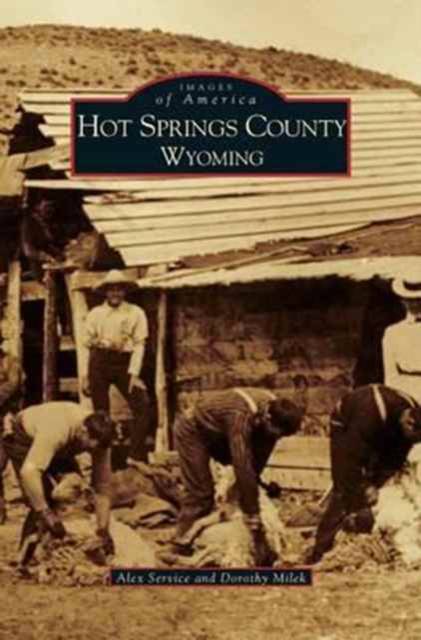
Door een staking bij bpost kan je online bestelling op dit moment iets langer onderweg zijn dan voorzien. Dringend iets nodig? Onze winkels ontvangen jou met open armen!
- Afhalen na 1 uur in een winkel met voorraad
- Gratis thuislevering in België vanaf € 30
- Ruim aanbod met 7 miljoen producten
Door een staking bij bpost kan je online bestelling op dit moment iets langer onderweg zijn dan voorzien. Dringend iets nodig? Onze winkels ontvangen jou met open armen!
- Afhalen na 1 uur in een winkel met voorraad
- Gratis thuislevering in België vanaf € 30
- Ruim aanbod met 7 miljoen producten
Zoeken
€ 44,45
+ 88 punten
Uitvoering
Omschrijving
Nestled in Wyoming's Big Horn Basin, Hot Springs County has been home to ranchers, freighters, railroad men, lawmen and outlaws, coal miners and oil field hands. This book, featuring over 200 vintage photographs from the Hot Springs County Museum and the Milek family collection, tells the story of the settlement and culture of the County from 1871 to 1940. One of the last regions to be settled during the United States' 19th-century westward expansion, the springs that gave Hot Springs County its name were considered sacred by many of the native tribes of the region, including the Shoshoni and Arapaho. By 1875, white men were seeking out the healing springs as well as the ranching opportunities at the western end of the county. Along with the industrious and hardworking pioneers came the outlaws and the notorious. Butch Cassidy and the Sundance Kid were common acquaintances of county residents, especially local characters such as the mysterious Minne Brown and Tom Skinner, owner of the infamous Hole in the Wall Bar. Captured here are the businesses, mining and oil camps, lifestyles, and residents of the various towns of Hot Springs County, including Thermopolis, Gebo, Crosby, Kirby, Grass Creek, and Hamilton Dome.
Specificaties
Betrokkenen
- Auteur(s):
- Uitgeverij:
Inhoud
- Aantal bladzijden:
- 130
- Taal:
- Engels
Eigenschappen
- Productcode (EAN):
- 9781531614072
- Verschijningsdatum:
- 5/06/2002
- Uitvoering:
- Hardcover
- Formaat:
- Genaaid
- Afmetingen:
- 170 mm x 244 mm
- Gewicht:
- 412 g

Alleen bij Standaard Boekhandel
+ 88 punten op je klantenkaart van Standaard Boekhandel
Beoordelingen
We publiceren alleen reviews die voldoen aan de voorwaarden voor reviews. Bekijk onze voorwaarden voor reviews.











